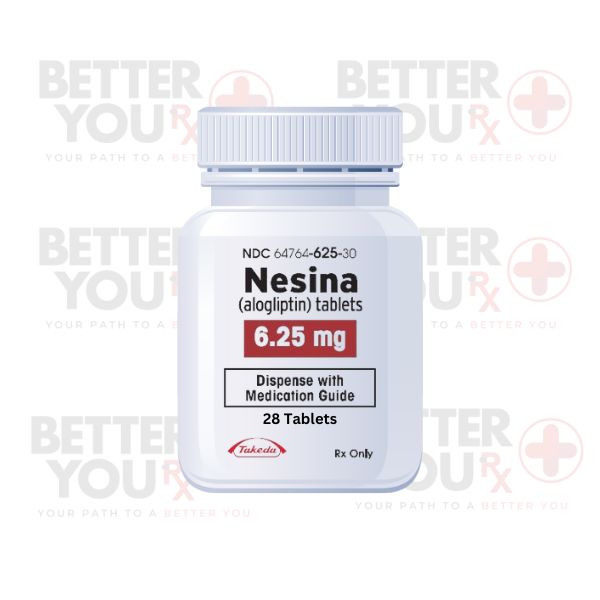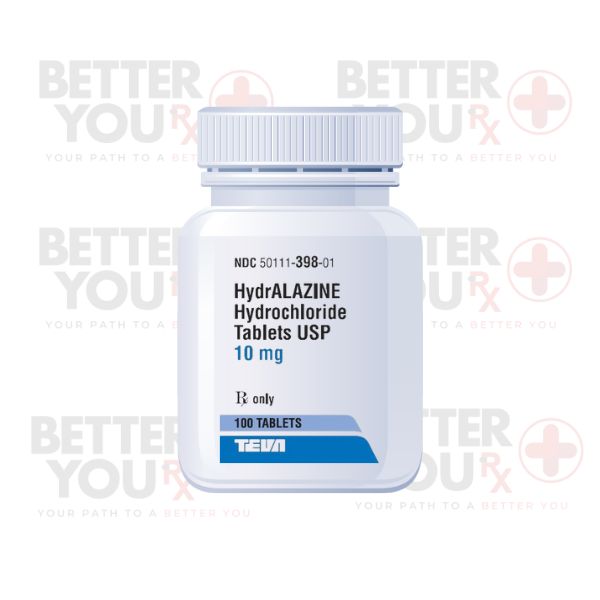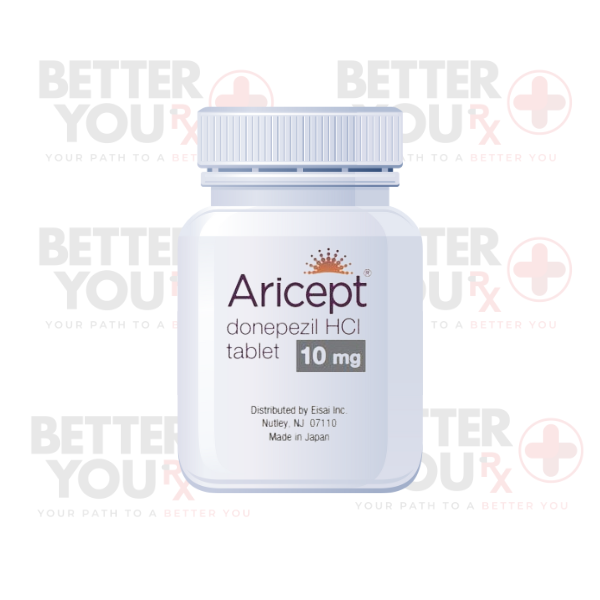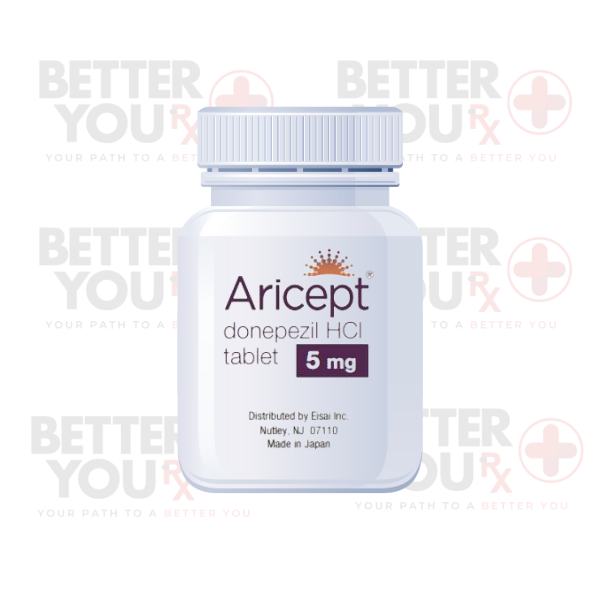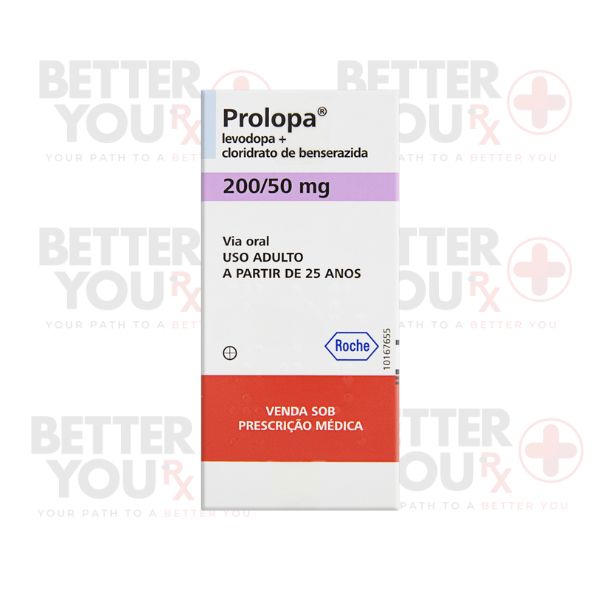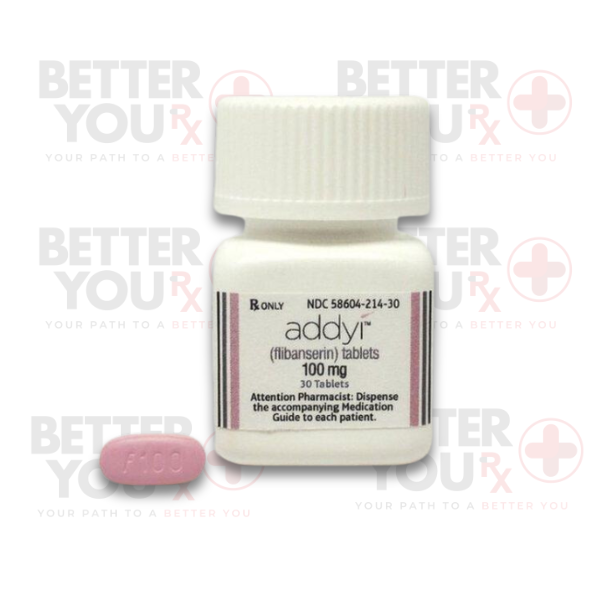Indications:
● Type 2 Diabetes Mellitus: Nesina is indicated as an adjunct to diet and exercise to improve glycemic control in adults with type 2 diabetes.
Patient Guidelines
Patients prescribed Nesina should:
● Follow a specific diet and exercise program as directed by their healthcare provider.
● Regularly monitor blood glucose levels as suggested.
● Be aware of signs and symptoms of high (hyperglycemia) and low blood sugar (hypoglycemia) and know how to manage them.
● Inform their healthcare provider of their full medical history, especially if they have a history of pancreatitis, kidney disease, or if they are on dialysis.
Administration Details
How to Use Nesina:
● Oral Administration: Nesina is typically taken by mouth, once a day, with or without food.
Dosage:
● The dosage of Nesina is based on the patient's medical condition, kidney function, and response to treatment. It is essential to follow the healthcare provider's prescription instructions carefully.
Safety Precautions
● Pregnancy and Lactation: The safety of Nesina during pregnancy and lactation is not fully established. It should be used during these periods only if the potential benefits justify the risks.
● Pancreatitis: Patients should be advised to promptly seek medical attention if they experience severe and persistent abdominal pain.
Drug Interactions
Nesina can interact with other medications, such as:
● Insulin or Insulin Secretagogues: Careful monitoring is needed, as Nesina, when combined with these drugs, may increase the risk of hypoglycemia.
●
● Other Antidiabetic Drugs: Concurrent use requires close monitoring of blood sugar levels to avoid either hyperglycemia or hypoglycemia.
|

